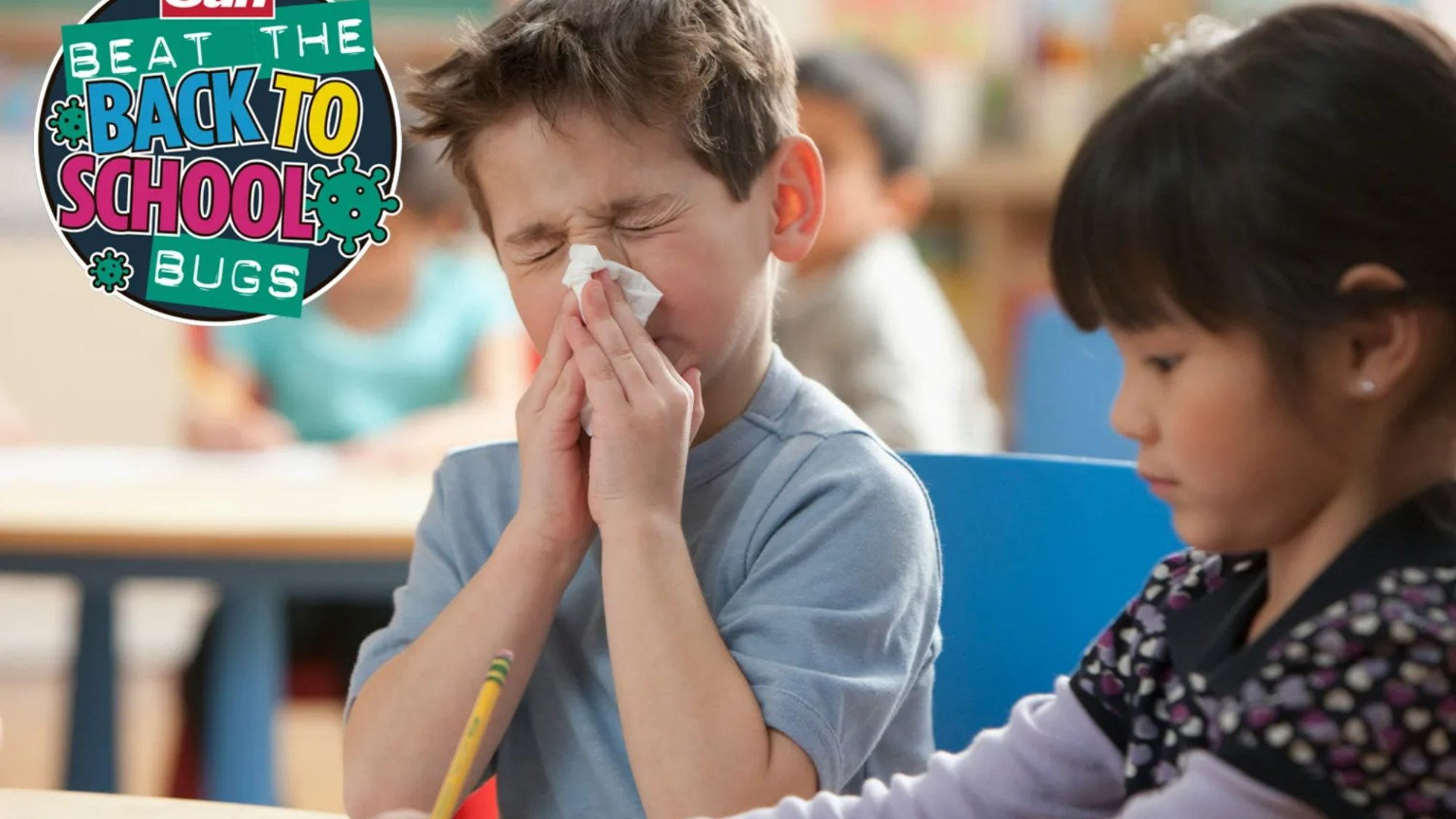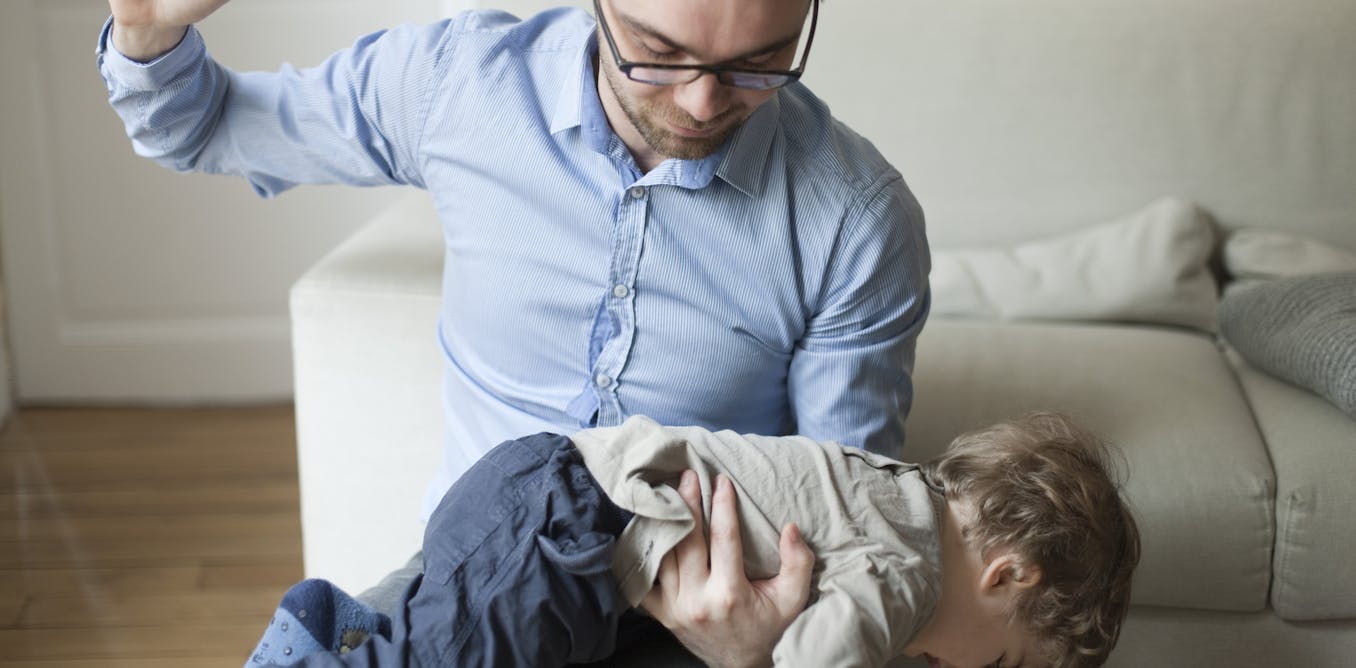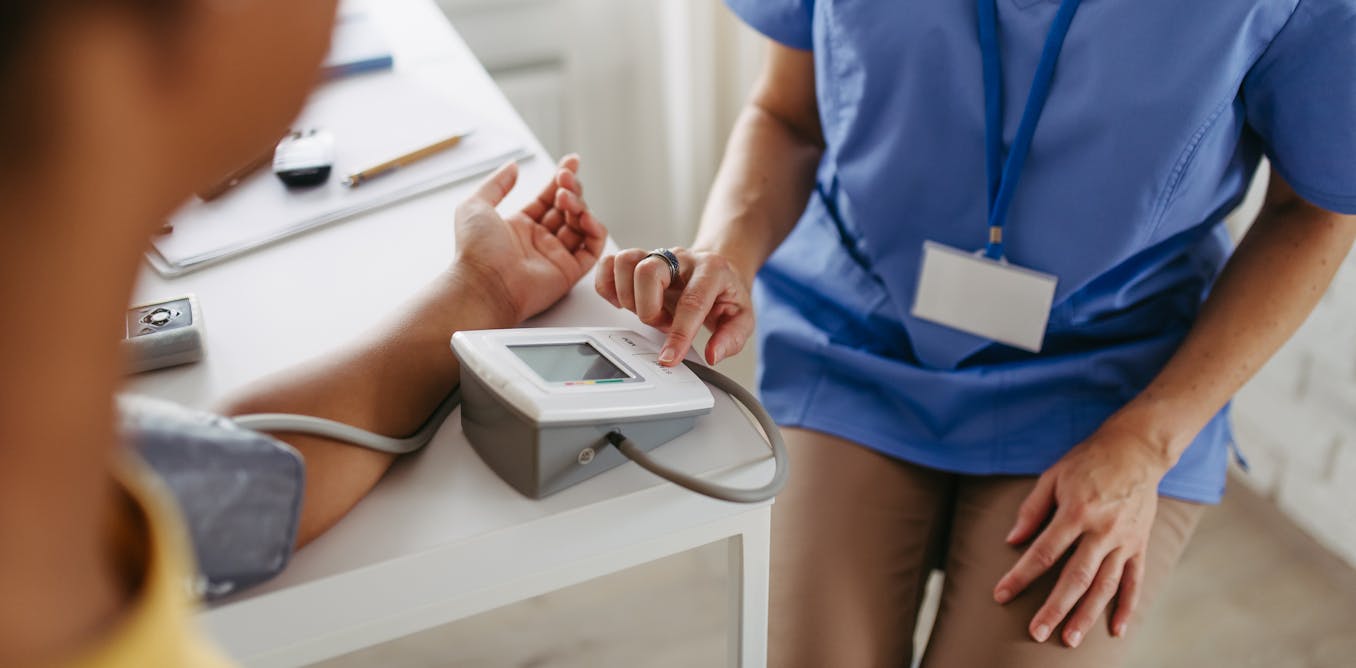WHEN your child falls ill, it can be easy to assume they need to stay home from school.
But many parents might be keeping their kids away from the classroom unnecessarily.
3
Just because a health condition is serious-sounding or contagious, it doesn’t automatically mean they have to miss out.
And many illnesses that may be more severe are usually considered safe once the sufferer has started treatment.
England’s chief medical officer Professor Chris Whitty, who is keen to tackle high levels of absenteeism, said: “We are aware that the Covid-19 pandemic may have caused some parents to feel less confident with assessing whether their child is well enough to be in school, so we have laid out some information which we hope you will find helpful.
“There is wide agreement among health professionals and educational professionals that school attendance is vital to the life chances of children and young people.
READ MORE ON CHILDREN’S HEALTH
“Being in school improves health, wellbeing and socialisation throughout the life course; the greatest benefits come from children and young people attending school regularly.
“It is usually appropriate for parents and carers to send their children to school with mild respiratory illnesses, which includes general cold symptoms: a minor cough, runny nose or sore throat.
“However, children should not be sent to school if they have a temperature of 38C or above.”
Here, we reveal exactly when it’s safe for a child who is under the weather to go to school, and when it’s vital they stay at home.
Coughs and colds
It’s usually safe to send your child to school with a minor cough or common cold, according to the NHS.
But they must stay home if they have a fever, and not return until it goes.
Parents should also encourage their kids to throw away any used tissues and to wash their hands regularly.
Whooping cough
Any child with a severe cough, such as pertussis, also known as whooping cough (which makes sufferers gasp for breath), must not go to class, the UKHSA warns.
They can return two days after starting antibiotic treatment, or 21 days from the onset of symptoms if not taking the medication.
High temperature
Anyone with a high temperature (above 38C) should remain at home until it comes down and they feel better.
Sore throat
If your little one complains of a sore throat, you might feel the need to keep them away from the classroom.
But the NHS and UKHSA say it is normally fine for them to attend, providing they don’t have a fever.
Chickenpox
Children with chickenpox must isolate until all blisters have crusted.
This is usually about five days after the spots first appeared, the NHS says.

3
Conjunctivitis
Perhaps surprisingly, there is no exclusion period for youngsters with conjunctivitis – an eye condition also known as red or pink eye.
However, mums and dads should get advice from a pharmacist, and encourage their kids not to rub their eyes and to wash their hands regularly.
Respiratory infections
Children with mild symptoms, such as a runny nose and a headache, who are otherwise well can continue going to class.
But if they have a high temperature and are clearly poorly, they must stay at home.
If a youngster tests positive for Covid-19, they should remain off school for three days.
Flu
Children with flu should not go to school as they could infect their classmates, the NHS warns.
They must stay at home until they are fully recovered, official guidance states.
Diarrhoea and vomiting
There are many causes of diarrhoea and vomiting, from norovirus to parasites, but all require kids to be off sick.
It is usually safe to return to school or nursery 48 hours after symptoms have stopped.
If a specific cause has been identified, such as E. coli or Hepatitis A, different advice may apply. Speak to your GP or call 111.
Ear infection
Ear infections often get better on their own, so it’s not always necessary to see a doctor.
But if symptoms include a high temperature, or the pain is severe, children must stay at home until they’re feeling better or their fever goes away.
How to keep kids safe this autumn and winter
WITH classrooms acting like Petri dishes for winter illnesses, children risk catching lots of nasty bugs as they head back to school this month.
But there are some simple ways to keep them as healthy as possible, experts say. The advice is to:
1. Teach good hygiene habits (e.g. washing your hands, binning used tissues)
2. Keeping kids home when necessary (e.g. when they have a high temperature or diarrhoea)
3. Get children jabbed (childhood vaccine uptake against flu and other diseases such as measles, mumps, rubella, diphtheria and polio has dropped, but it’s not too late)
Measles
Measles is highly contagious so it is vital not to see other people when you have it.
The first symptoms usually include a high temperature, a runny or blocked nose, sneezing, a cough, and red, sore and watery eyes.
Spots may then appear in the mouth, followed by a raised and blotchy rash.
Kids are considered too ill to go to school until four days after the onset of the rash.
After that, they can return when they are well enough.
Scabies
There has been a rise in scabies cases over the last few years.
It is an itchy rash caused by mites, which spreads through close skin contact.
Immediate treatment is therefore essential before seeing other people.
Children can return to school or nursery after completing their first treatment, but household and close contacts also require treatment at the same time.
Scarlet fever
If your child has scarlet fever, they will need treatment with antibiotics from a GP, otherwise they will be infectious for two to three weeks.
Symptoms of the contagious infection usually start with a high temperature, sore throat and swollen neck glands, before a red rash that feels like sandpaper develops 12 to 48 hours later.
Your child can go back to school 24 hours after starting antibiotics.

3
Tonsillitis
Tonsillitis is an infection of the tonsils at the back of the throat.
It may sound serious, but it doesn’t usually require time off sick.
However, if children display a temperature above 38C, they should stay at home until it comes down and they feel better.
Head lice
Nits are every parent’s nightmare.
Mums and dads spend hours trying to remove pesky lice from their children’s heads to help stop the spread in schools.
But, “there’s no need for children to stay off school or to wash laundry on a hot wash,” the NHS says – just inform their teacher.
Ringworm
If your child has ringworm, speak to a pharmacist (unless it’s on their scalp, in which case you should see a GP).
But they are fine to attend school once they have started treatment for the fungal infection, which causes a scaly and sometimes itchy rash.
You should, however, let their teachers know that they have it.
Cold sores
There’s no need to keep your child off school if they have a cold sore, the NHS says.
But it does urge parents to tell their children not to touch the blister, or to kiss anyone, or share cups or towels.
This is because they are contagious from the moment you first feel tingling to when it completely heals.
When to call 999
YOU should call 999 in life-threatening emergencies.
For children, this includes:
- Seizure
- Choking
- Difficulty breathing (grunting noises, stomach sucking under rib cage)
- Unable to stay awake (can’t keep eyes open for more than a few seconds)
- Blue, grey, pale or blotchy skin, tongue or lips
- Limp and floppy (head falls to the side, backwards or forwards)
- Heavy bleeding (spraying, pouring, making a puddle)
- Severe injuries (after a serious accident or assault)
- Signs of a stroke (face dropping on one side, unable to hold both arms up, difficulty speaking)
- Sudden and rapid swelling (lips, mouth, throat, tongue)
- Sudden confusion (agitation, odd behaviour, non-stop crying)
Source: NHS
Mumps
Mumps is most recognisable by the painful swellings it causes in the side of the face, often dubbed “hamster face”.
The viral infection spreads very easily, so children with it cannot return to school until five days after the swelling first appeared.
It is also important to see a GP.
Rubella
Also called German measles, Rubella is a rare illness that causes a spotty rash.
It usually gets better within a week, but it can be serious so it is important to avoid the classroom until five days after the rash begins.
During this time, students must get plenty of rest, stay hydrated and take painkillers if uncomfortable.
Impetigo
Impetigo, a very contagious skin infection which causes red sores and blisters, requires treatment from a GP, usually in the form of antibiotics.
The NHS says it is important to keep children off school until all the sores have crusted over and healed, or for 48 hours after they start treatment.
They should also be encouraged to wash their hands regularly, and not to share towels and cups with their peers.
Diphtheria
Diphtheria is a rare infection that affects the nose and throat, and sometimes the skin.
Avoiding social contact when you have it is essential, as is getting treatment.
Family members of those affected must also stay at home until cleared by health officials.




